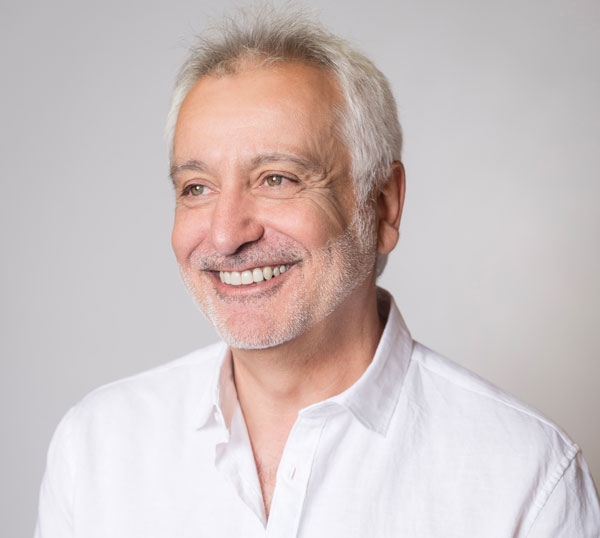Penning this to conclude my year as National President, I am trying to look forward without reflecting too much on what we have achieved. Around the time of writing, floodwaters continue to affect the east coast of Australia, we are still interrupted by the restrictions of the pandemic, homelessness is increasing at an inordinate rate and housing affordability has become an inherent issue for Australia, while our politicians are in election mode. More importantly, we are all enraged by the devastation being inflicted on the people of Ukraine, who are suffering beyond what we can even imagine in this country.
This time of unprecedented unrest and climate chaos will prompt a resetting of the way we work, live and play. The economic model for business practices has changed and we will need to revisit the built environment’s investment focus in order to meet social needs.
The last year has allowed people to reflect on where they live and work. In the face of government inaction, private industry appears to be leading the way in determining responses to environmental issues, inducing a change to the social structure that we have been working within.
So, where does that leave our policymakers? We require a new generation to step up and be supported to replace the tired, recycled “it’s my turn” model that has been the norm for a few generations now. Their message will be simple: the need to provide balance to the ecosystem, renew the destruction we have caused and provide equity in the way we live. We are well-placed as a profession to respond to these issues, but reclaiming our voice is the biggest challenge. Perhaps the best way is to produce work that speaks for itself.
In his welcoming address on my first day at university, Professor David Saunders challenged us to consider whether the meaning of architecture could be found in the opening sentence of Nikolaus Pevsner’s An Outline of European Architecture (1942): “A bicycle shed is a building; Lincoln Cathedral is a piece of architecture. Nearly everything that encloses space on a scale sufficient for a human being to move in is a building; the term architecture applies only to buildings designed with a view to aesthetic appeal.”
It’s taken a few years, Professor Saunders, but my answer is … Pevsner was wrong. His statement overlooks the inclusive emotion, the heart and soul that architecture gives a building, regardless of its exclusive grandeur. More now than ever, I reiterate my thoughts from a year ago: it is time we accept that the role of the architect is more important than the grandeur of architecture in providing humanitarian responses to social needs.
In March, we had the privilege of listening to Pritzker Prize laureates and Institute Gold Medallists at our Lost Opportunities symposium. In the most humbling of ways, the presenters reflected on the importance of what we do. It is interesting to note that, almost exclusively, the virtues of their works capture the spirit of the people who use them and their interaction with environment – most notably, the ground that they walk on.
This highlighted, for me, that the “living in the sky” concept we have accepted as a means of minimising our footprint has in fact minimised the realm of the people – the street, where social interactions occur. In his book Ideas for Australian Cities (1970), the late Hugh Stretton defended the relevance of suburban communities in the Australian landscape and asked: Who is my neighbour?
On a personal note, although it’s been a presidency behind the Zoom screen, it has been a privilege to lead the Institute through a period of unprecedented change. I’d also like to acknowledge the dedicated hard work of our outgoing councillors and board members, in particular, Genevieve Overell AM, Board Chair & Independent Director, Alice Hampson and Andrew Broffman. Selfishly, I’ve missed the trips to our state chapters and elsewhere, but on reflection, I have learned so much more about the spirit of our people and members through these times. I’ve witnessed a new desire to discuss what is important to us as a community. I am humbled to be the first Italian surname to be added to the presidential roll call of National Presidents and feel greatly privileged to have had the Utzon Presidential Medallion on my suburban Adelaide desk this year. As you read this, Shannon Battisson will have taken over this honour. I look forward to her leadership with the confidence that she will help to unveil the advocacy and voice of a new generation for the Australian Institute of Architects.

Tony Giannone FRAIA